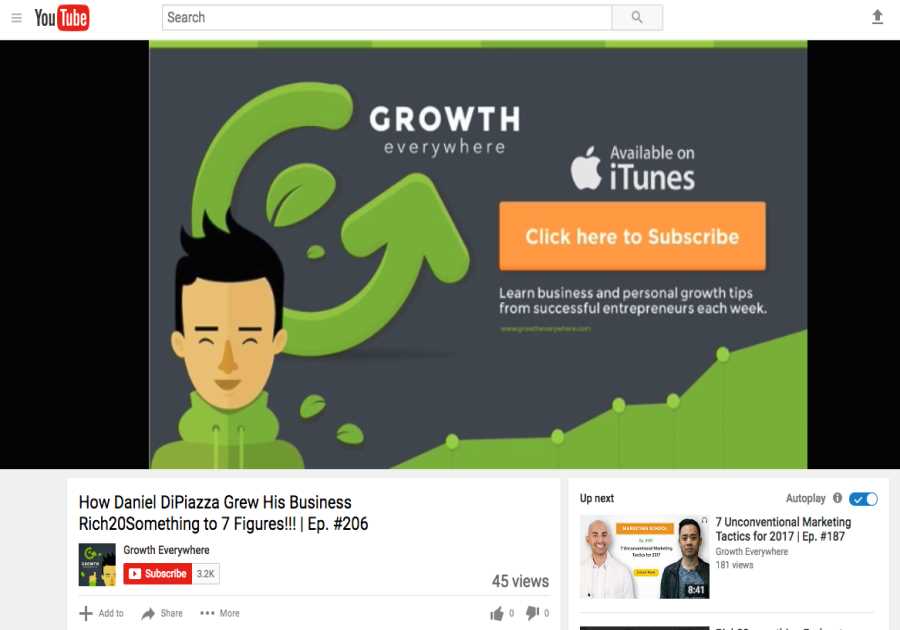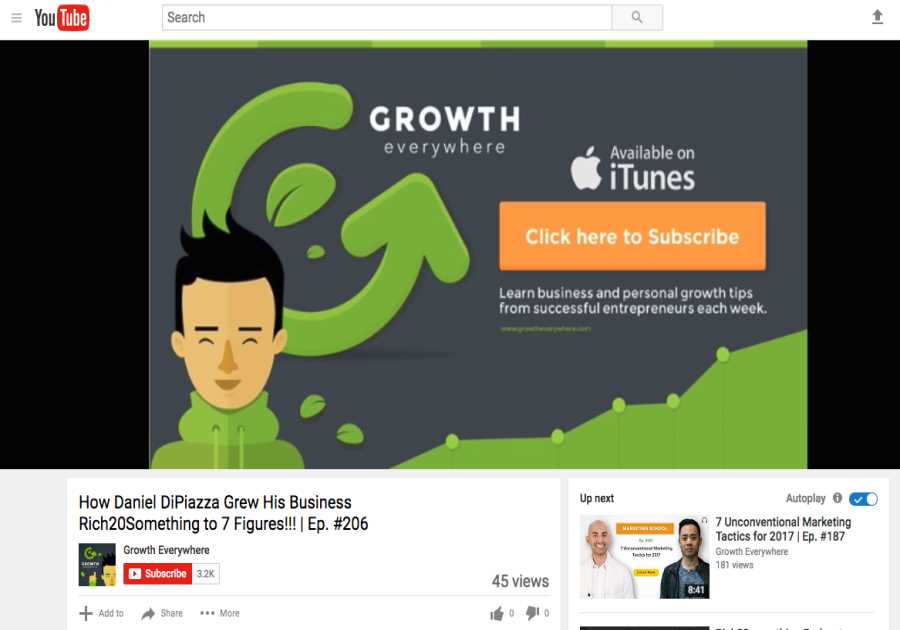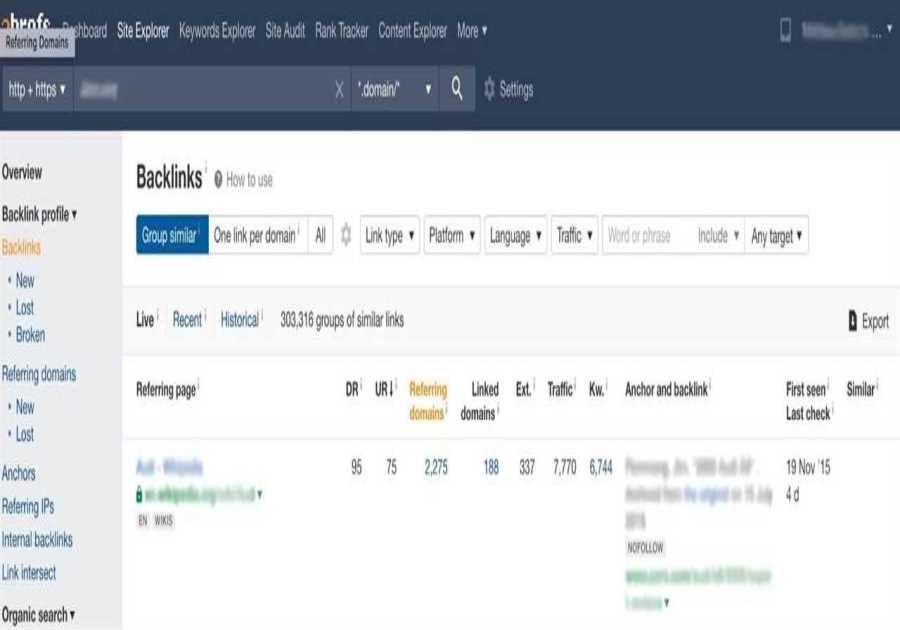
You’ve probably heard the popular 70s song, “You’re so vain, you probably think this URL is about you…don’t you, don’t you?” OK, Carly Simon probably wasn’t singing about vanity URLs.
While they aren’t as catchy as that song, vanity web addresses are something you need to be paying attention to, especially when it comes to paid ads.
Whether you aren’t sure what the heck a vanity URL is or are just trying to figure out how to use them, you are in the right place.
Here’s what you need to know to leverage them to increase clicks and drive conversions for your paid ads.
What is a Vanity URL, and How Are They Used for Paid Ad Campaigns?
A vanity URL is a custom URL that is pronounceable, branded, or otherwise memorable.
They might contain a keyword that you are optimizing for, a brand or product name, or any other phrase that makes sense for the campaign.
These URLs can be used as your main URL, but they are commonly used to redirect users to another site or page.
For example, a vanity URL could be used on a paid ad to direct users to a landing page or on a billboard to drive traffic online.
Vanity URLs Vs. Domain URLs for Paid Search
Vanity URLs should not be confused with domain URLs, especially in paid search.
Here is the difference: A domain URL is your actual URL, for example, neilpatel.com.
A vanity URL is a branded or otherwise memorable URL that redirects to the actual URL you want to send ad clicks to.
Why use a vanity URL over a domain URL? These URLs can include any information you want, including calls to action, keywords, or, really, anything else.
Let’s say, for example, you were creating an ad for Ubersuggest, our SEO tool. The domain URL for Ubersuggest is: https://neilpatel.com/ubersuggest/.
Rather than using the domain URL, you use something like: neilpatel.com/FreeSEOHelp.
Why does this matter in paid search? That small change could be just the push a viewer needs to click on your ad.
There are several benefits to using vanity URLs, which we’ll cover in a moment. First, let’s look at what vanity URLs look like in practice.
Vanity URL Examples for Paid Ads
Vanity URLs may sound like a small change. With so many SEO strategies out there, it might not feel like they are worth the effort.
Let’s take a look at vanity URLs in the wild so you can see the difference they make.
Here’s an ad on Facebook from Couch Console, a new couch accessory. They created an ad to promote their Kickstarter campaign.
Take a look at the URL:

It shows the URL goes to Kickstarter and highlights something they want you to know—their campaign just launched. It’s new and exciting, something you want to be a part of.
Now, here’s the actual URL it redirects you to:

It’s longer and a lot less intriguing, right?
Here’s another example from Tom’s Interesting Finds. The URL in the paid ad is “indigogo.com/popular.”

Here’s the URL it redirects you to:

No one would ever remember 14 lines of random letters. It also doesn’t tell you anything about where the link will take you.
The vanity URL is cleaner, it shows people where they are headed and it gives them an idea of what they’ll find when they get there.
Why Are Vanity URLs Important?
The most obvious benefit of using customized, vanity links is they are shorter, which looks nicer, especially in paid ads. That inspires trust and avoids showing users the tracking parameters.
You might think, most people just click on the link, so it doesn’t really matter what the link looks like.
Well, there are several other benefits of using vanity URLs, including:
Increase Click-Through Rates: Users like to know where they are headed when they click a link. URLs that include brand names or memorable terms increase trust, and can increase click-through rates by as much as 39 percent. Builds Trust: Untrustworthy sites may share weird links that lead to spam sites or viruses. A clean, readable link inspires trust. Easier to Remember and Share: Vanity URLs are shorter and include words or phrases that are easy to remember. No one is going to remember a long string of random letters and numbers, but they can recall a short and snappy URL like: mypodcast.listennow.com. Makes Tracking Easier: Knowing where your traffic is coming from is crucial for understanding how ads perform. Custom URLs allow you to easily track where traffic originates and keep customer data, such as a coupon code or cookies. Plus, not all paid ads are online—you can track print ad traffic as well.What’s the Effect of Vanity URLs on SEO?
Vanity URLs look nicer, increase click-through rates, and improve tracking. What about SEO, though? Can they give you a leg up in Google rankings?
They can.
Backlinko analyzed more than 11.5 million Google search results and found that shorter URLs have a small ranking advantage.

In fact, they found that URLs that rank No. 1 in Google tend to be nearly 10 characters shorter than URLs that rank No. 10.
Now, it’s unclear why shorter URLs rank better—it could be that they tend to have a higher click-through rate or that shorter URLs help Google understand what your page is about. After all, correlation doesn’t always mean causation.
What is clear, however, is that shorter URLs can give you a slight SEO bump.
Here’s another SEO benefit: Using keywords in URLs is a ranking factor. It is a small factor, but it can count.
Keep in mind, these benefits are very slight. However, in the highly competitive digital landscape, these small bumps can help you outrank your competition.
Just make sure all your other SEO strategies are in place. A keyword-rich, vanity URL won’t make up for poor optimization, thin, content, or a slow loading time.
How to Create a Vanity URL for PPC Ads on Search Engines
Now that you understand the benefits of customized URLs, let’s talk about how to create them. The simplest way is to actually create the URL on your website and use a redirect to send users to the right pages.
The problem is there are multiple types of redirects.
In general, you’ll want to use a 301 redirect, which is permanent. This tells Google that the link should always go to the page that you are redirecting.
However, there is an easier way than creating a 301 redirect yourself.
The easiest way to create a vanity URL is to use a URL shortening tool. Tools like Cutt.ly make it easy to create shortened URLs.
Head to the Cutt.ly homepage, paste in your link and the tool will deliver a much shorter URL:

That link is shorter, but it doesn’t give the user any information, which ruins the point.
However, if you sign up for a paid account, you get access to branded URLs, which you can use to set up vanity URLs.
A similar tool is Rebrandly, which creates custom URLs and takes care of the redirects as well.
Here’s an easy step-by-step guide to using vanity URLs for paid ads:
Create a custom URL, either using the tools above or on your own website. Set up the redirect from your vanity link to the final destination. This could be a landing page, checkout page, or even product page. Add the custom URL to your search ad.That’s it!
There is one rule to be aware of: Google Ads only allow you to use vanity URLs that match your root domain. For example, you could use www.neilpatel.com/ListenToMyPodcast but not www.listentoneilspodcast.com.
However, if you are in the pharmaceutical industry, search engines limit your ability to use vanity links. If that impacts your business, you can learn more about it on the Google website.
How to Create Vanity URLs for Your Paid Social Media Ads
Paid social media ads can also benefit from vanity URLs for many of the same reasons. They can inspire trust and are much easier to remember.
How do you create them?
You may remember a time when Facebook used to let you edit the display URL on ads directly. You could even use them to create CTAs, which was pretty useful.

Unfortunately, that is no longer an option.
If you want to use them in social media ads, you’ll need to use the same process as above.
Use a tool to create the URL or create one on your own site, redirect the URL, and then add the custom URL to your ad.
Best Practices for Vanity URLs Used in Paid Marketing Campaigns
Vanity URLs can improve the user experience, streamline tracking, and help you achieve your paid ad goals.
However, to improve your chances of success, you need to make sure you follow vanity link best practices.
Keep It Short: Shorter URLs are easier to understand. Plus, many ad platforms limit the number of URL characters they display, so longer URLs might not even show up on ads. Keep It Simple: Use descriptive language and full words to describe the content users can expect. The point isn’t just to make the links shorter (though that is helpful!) but also help users feel secure about clicking your link. Capitalize the First Letter of Each Word: You’ve probably seen hashtags that don’t quite work out (#susanalbumparty comes to mind.) Unfortunately, stringing together words can result in less-than-ideal word combinations. Capitalizing the letters will help users read your URL. For example: www.neilpatel.com/ReadMyBook is easier to read than www.neilpatel.com/readmybook. Avoid Dashes: Dashes are standard in URLs, however you want to avoid them for vanity URLs. They make the URL longer and people are unlikely to remember to type them in. Use Keywords When Possible: Keywords offer a slight rankings boost, but they also make it easier for users to understand your page’s purpose. If it makes sense, use a keyword that helps users understand where the ad will take them.When creating your vanity link, remember that less is more. Your goal is to create an easy-to-read URL, so don’t overcomplicate it. If you plan to use them regularly, consider using a standard structure, such as keyword then product, to make it easier to organize and track metrics.
Conclusion
When it comes to paid ads, competition is fierce. If you are struggling to drive clicks and make sales, make sure you aren’t making these PPC mistakes before using custom URLs.
Vanity URLs are a small but mighty strategy that can build trust, increase clicks, and drive more conversions. They only take a few minutes to set up and may just give you that edge you’ve been looking for.
However, they won’t make up for poorly optimized paid ads, so make sure to A/B test your ads as well.
Have you used vanity URLs before? Did they help improve your PPC ROI?
The post How to Use Vanity URLs for Paid Ads appeared first on Neil Patel.
By: Neil Patel
Title: How to Use Vanity URLs for Paid Ads
Sourced From: Original Article Location: neilpatel.com/blog/vanity-url/
Published Date: date2021 02 04






